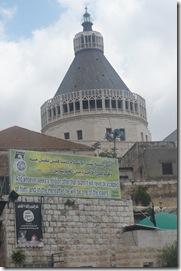BABYLON, Iraq — After decades of dictatorship and disrepair, Iraq is celebrating its renewed sovereignty over the Babylon archaeological site — by fighting over the place, over its past and future and, of course, over its spoils. Time long ago eroded the sun-dried bricks that shaped ancient Babylon, the city of Hammurabi and Nebuchadnezzar, where Daniel read the writing on the wall and Alexander the Great died. Colonial archaeologists packed off its treasures to Europe a century ago. Saddam Hussein rebuilt the site in his own megalomaniacal image. American and Polish troops turned it into a military camp, digging trenches and filling barricades with soil peppered with fragments of a biblical-era civilization. Now, the provincial government in Babil has seized control of much of Babylon — unlawfully, according to the State Board of Antiquities and Heritage — and opened a park beside a branch of the Euphrates River, a place that draws visitors by the busload…. Now with the support of some officials in Baghdad, the local government has reopened the excavated ruins of Babylon’s ancient core, shuttered ever since the American invasion in 2003. It has done so despite warnings by archaeologists that the reopening threatens to damage further what remains of one of the world’s first great cities before the site can be adequately protected.


